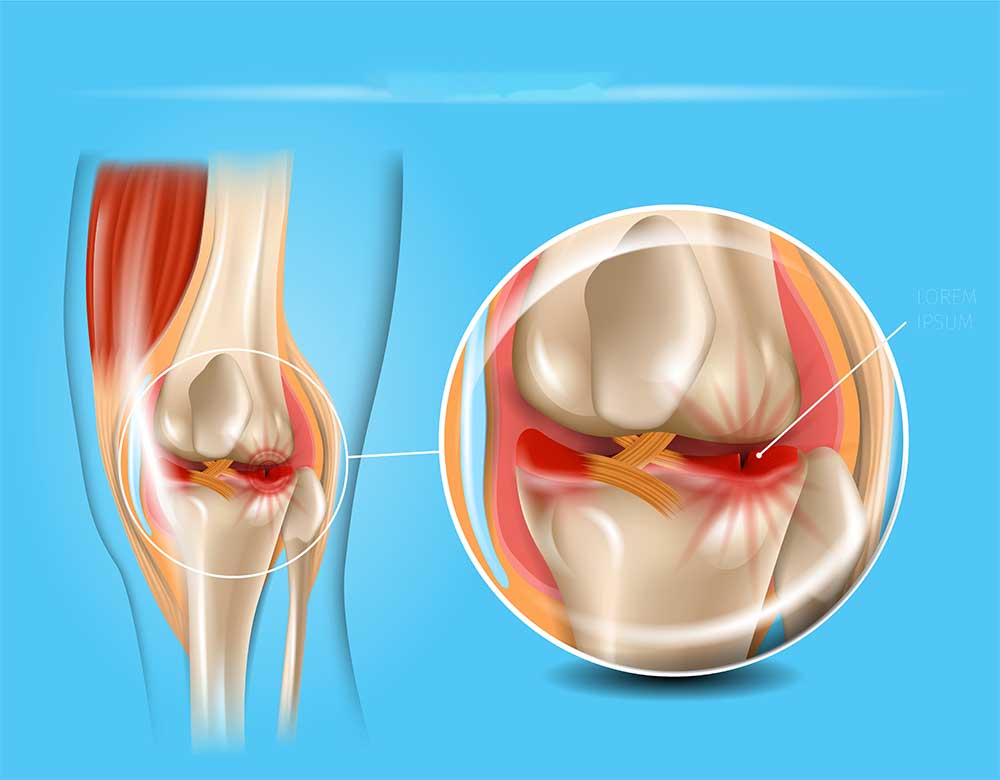Menü
Contact information
- Mimar Sinan Mahallesi 1359. Sokak Akademia Sağlık Merkezi No: 5 K:2 D:4 Alsancak, Konak
- info@safasatoglu.com
- Working hours: 09.00 - 18.00 Sunday: Closed
Meniscus Tear
- Home page
- Meniscus Tear
Meniscus Tear
Our meniscus is one of the most commonly injured sections of our bodies. Menisci are tiny pads found at the junction of the two major bones of the knee.
They perform critical activities such as forming a harmonic joint in the knee, supporting the load, and allowing rotation in multiple directions.
Menisci can rupture in mutual contact sports like football due to knee rotation, folding in abrupt movements, and stress on one knee.
In athletes, these injuries may be accompanied by anterior cruciate ligament (ACL) injuries.
In the older age group, menisci may tear due to degeneration and cartilage damage in the knee without any trauma.
In addition, tears with degeneration can occur in all age groups without trauma.
The inner meniscus is wider and thicker. It is also firmly attached to the inner lateral ligament. Therefore, it is injured and torn more often than the more mobile outer meniscus.
Symptoms and complaints
Knee swelling and pain
Joint movement limitation
Noise from the knee during joint movements
Tenderness with pressing on the menisci on the inner and outer sides of the knee
Sticking or locking when a torn piece of the meniscus falls into the joint.
Diagnosis
Tell your doctor how it all started and with what trauma. Your knee will be examined with various maneuvers. X-rays may be ordered for differential diagnosis and an MRI to visualize the menisci. MRI gives us about 80-90% accurate information about the menisci. Arthroscopic examination may be recommended in cases where the knee remains locked. Meniscus tears can be of several types. Tears can be horizontal, segmented, oblique, bucket handle shaped.
Initial treatment of meniscus tears
Rest
ice application
bandage wrapping
The knee should be kept above the level of the heart.
POST-OPERATIVE PROCESS
After being transferred to the operating room, the patients are sedated, the leg is wiped and covered for a sterile environment, and the arthroscopy equipment are installed. This takes about 40 minutes on average. The operation takes from 30 minutes to an hour on average.This time may be longer if other problems in the knee (such as cartilage, ligament lesions) are operated at the same time. After the operation, patients are kept in the recovery room for 30 minutes-1 hour and then taken to their rooms.
2. Stitching the meniscus; 2/3 outer part of the meniscus shows healing potential. This area performs 90% of the meniscus functions. Therefore, tears in this area should be sutured as much as possible.
The advantage is that the meniscus heals close to the original and provides a long-term knee performance.
The disadvantages are that crutches should be used for 6-8 weeks after surgery, the sutured tear does not heal in 10% of patients and it takes 3-4 months to return to sports.
The basic rule is that all meniscal tears that can be sutured should be sutured and not removed.

 Turkish
Turkish English
English Deutsch
Deutsch Русский
Русский عربى
عربى